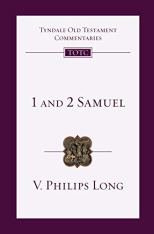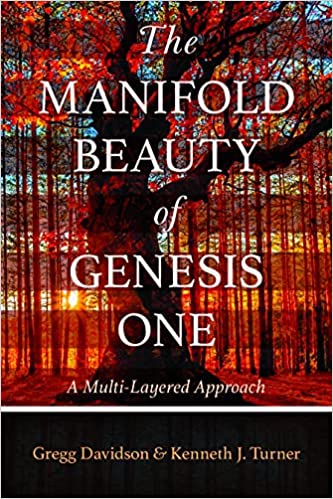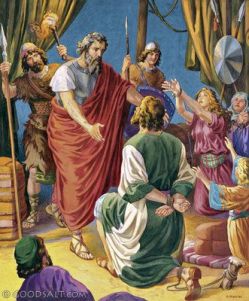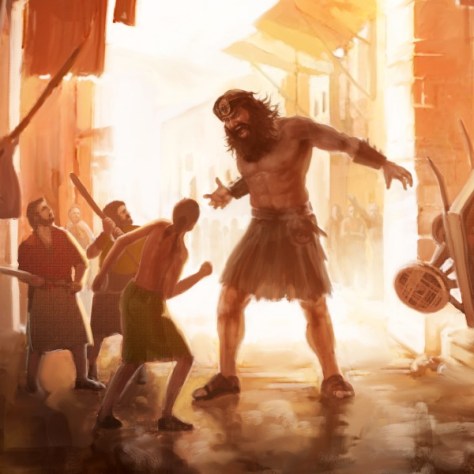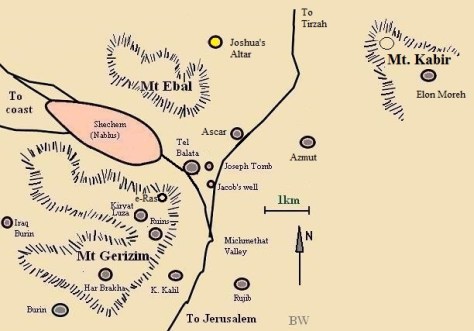Logos 10: My Favorite New Features

As some of you may be aware, Logos just launched the newest version of its popular Bible Study software program on 10/10/22. Logos 10 is here! As with every upgrade, Logos 10 adds new features to an already powerful way to study the Bible. If you read on, I’ll list the newest features pointing out three of my favorites. The links on this page will also entitle new Logos users to a 15% discount off any package plus 5 free extra books out of a list of 30. If you’re already a Logos user then by using one of the links on this page you can receive a 30% discount on any upgrade, plus the same choice of 5 extra free books is also yours! (Offer good until Christmas 2022!) If Logos is brand new to you and you would like a general introduction to it see my article here.
The Newest Features Available on Logos 10
The slogan for Logos 10 is “Live in the Word.” The object is to keep Scripture at the center where it belongs. The new features include:
- Advanced Searching–one of the powerful uses of Logos has always been its search capabilities, whether in the Bible or other books in your library. The search feature is now even more powerful and simple to use.
- Searching your Print Books–now you can tell Logos what books you have in your physical library. If the book exists in Logos you can use Logos’s searching capabilities to locate something on a particular page.
- Expanded Timeline–the Timeline now has extra features including being able to focus on a particular individual, historical period, or theme.
- More pop ups with more information–Logos 10 has added 10s of millions of informational tags. Just hover over a word to bring up extra information!
- Translation–you can now choose a passage from a book that is in a language you don’t know and Logos will translate it for you!
- All your sermons in one spot–If your sermons are in a Word Document format, you can now add them to Logos and keep them in Sermon Manager.
- Finding Quotes–If you’re looking for a quote on a certain topic or idea, Logos now allows you to search from thousands of quotes. You don’t even have to have the book! Logos 10 will give you access to the quote, tell you who said it, and what resource it came from!
- Toolbar–the location of the Toolbar has changed in Logos 10. It is now on the left side. If you don’t like it there, it can be moved to the top (its more traditional position). The tool bar now has new icons such as the search feature, and the preferred Bible icon. The Toolbar can also be minimized so that more room is available on the screen to see the books you have opened.
- Speed!–Logos 10 is much faster than previous versions!
- Church History–This feature helps people to understand doctrines in their historical context. There are dozens of new pages in the FactBook tracing various themes.
Favorite Features of Mine
Everyone is going to like/use certain features in Logos 10 more than others. Below are 3 of my favorites.
The Translation Tool
 As noted above, Logos now includes the ability to translate from and into various languages. For example, if your primary language is English you may want to read a paragraph that’s in German or Latin. It’s no problem now in Logos. Just enable the translator tool and you can scroll through the document getting a side by side translation, or you can highlight a given sentence or paragraph and get a translation of that portion of the text. In the screenshot above I have the English text of Genesis 18 on the left with a German translation on the right. All that’s necessary is to click on the box that says to open or close sidebar (see picture above), then choose the language you want.
As noted above, Logos now includes the ability to translate from and into various languages. For example, if your primary language is English you may want to read a paragraph that’s in German or Latin. It’s no problem now in Logos. Just enable the translator tool and you can scroll through the document getting a side by side translation, or you can highlight a given sentence or paragraph and get a translation of that portion of the text. In the screenshot above I have the English text of Genesis 18 on the left with a German translation on the right. All that’s necessary is to click on the box that says to open or close sidebar (see picture above), then choose the language you want.
Adding Previous Sermons to Sermon Manager
 If you have sermons that you didn’t create in Logos, now they can be put into Logos. The only requirement necessary is that it be a Word doc. In the example above, I have opened Sermon Manager and added previous sermons of mine by clicking the “Add” button in the upper right (in blue), choosing the sermon and importing it into Logos.
If you have sermons that you didn’t create in Logos, now they can be put into Logos. The only requirement necessary is that it be a Word doc. In the example above, I have opened Sermon Manager and added previous sermons of mine by clicking the “Add” button in the upper right (in blue), choosing the sermon and importing it into Logos.
Searching Print Books

One of the nice features of any version of Logos is being able to search any book you have in your Logos library and find what you’re looking for in an instant. Now in Logos 10 you can do the same with your print library! Instead of thumbing through a book on your bookshelf looking for that particular quote you know is in there somewhere, you can now do it with Logos even if the book isn’t in your Logos library. Just go to your library in Logos, add the book to your “Print books,” and then you can do a search to find the quote you’re looking for.
To see the original video by FaithLife announcing Logos 10 and reviewing its features, click here.
If you would like to take advantage of the Logos 10 sale click this link or the links above.
(Many thanks to Logos for a free upgrade to Logos 10 in exchange for this review. I was not required to give a positive review).



